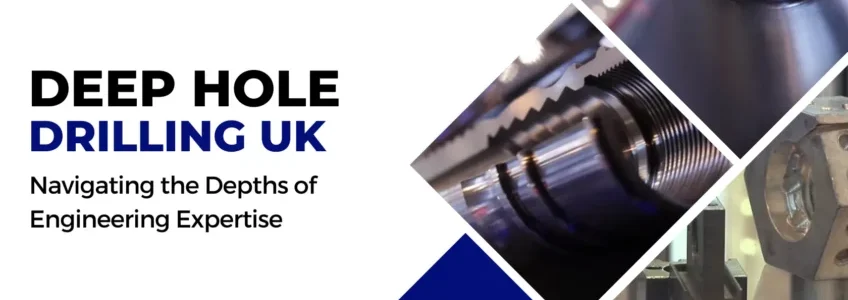Why Precision Engineering Matters in UK Manufacturing
The UK’s manufacturing sector is undergoing a transformation, driven by technological advancements, sustainability efforts, and increasing demand for high-quality production. However, as highlighted in our recent article on UK Manufacturing Policies, some of these shifts come with significant challenges, including high energy costs and regulatory pressures. So, how does precision engineering fit into this evolving landscape? Is it the key to overcoming policy-driven obstacles, or does it face similar hurdles?











Recent Comments